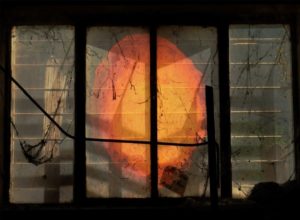student competition
This year, local and international students were invited to submit short films that respond to the theme of the festival: Transfigura. Ten films were selected from the many submissions. The chosen films touch, among other things, on change and transitions, rituals, connections between the physical and the spiritual, and between the spiritual and the physical place. While the student films were selected before the outbreak of the global pandemic, the current perspective seems to underscore another layer in the chosen films, like a prophecy of sorts, calling for connection, touch and material in a time dominated by a digital universe and distancing.
The jury selected two of the ten films in the program, who awarded prizes of 500 euros for first place and 200 euros for second place. The winning film featured in the festival’s main program.
The first-place winner is Danielle Alhasid with “The Song of the Stones.” In her work, Alhasid produces a unique language consisting of stop motion animation and sound. The work draws delicate and precise, and at the same time mysterious lines between the geographical and the physical and the digital and the fabricated, and between nature and human constructs.
The second-place winner is Hara Shin with “Mouthless Dialogue.” In her work, Shin points to artificial elements in contemporary technology that aim to provide a substitute for natural elements like the sun and nature. She does this while also reflecting on the medium itself and revealing the technological illusion by exposing the mechanism of the work itself.
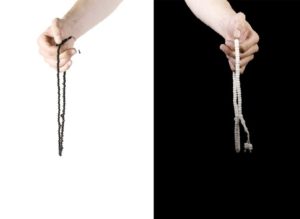
Arhun Aksakal
Beads of Time
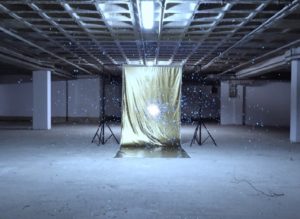
Hara Shin
Mouthless Dialogue
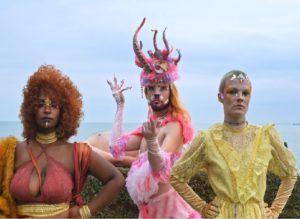
Aitan Ebrahimoff and Florent Venet
Commander
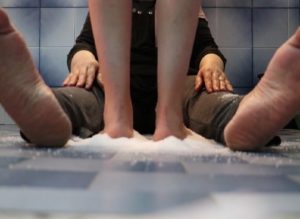
Faten Abo Ali
Untitled
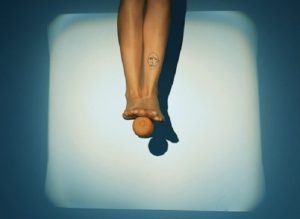
Maya Ella
Individuation
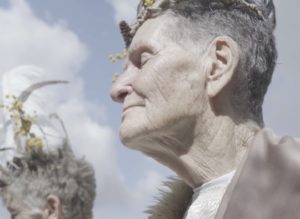
Avigail Shklovsky
Starost Ne Radost
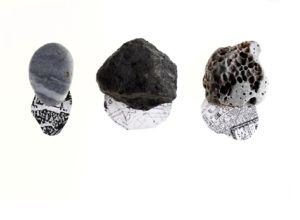
Danielle Alhassid
Song of the stone
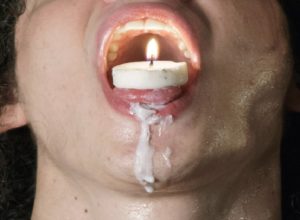
Uri Kloss
Word
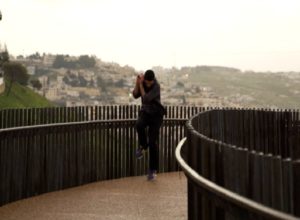
Omer and Amitay Cohen
A Dream in Tokyo
